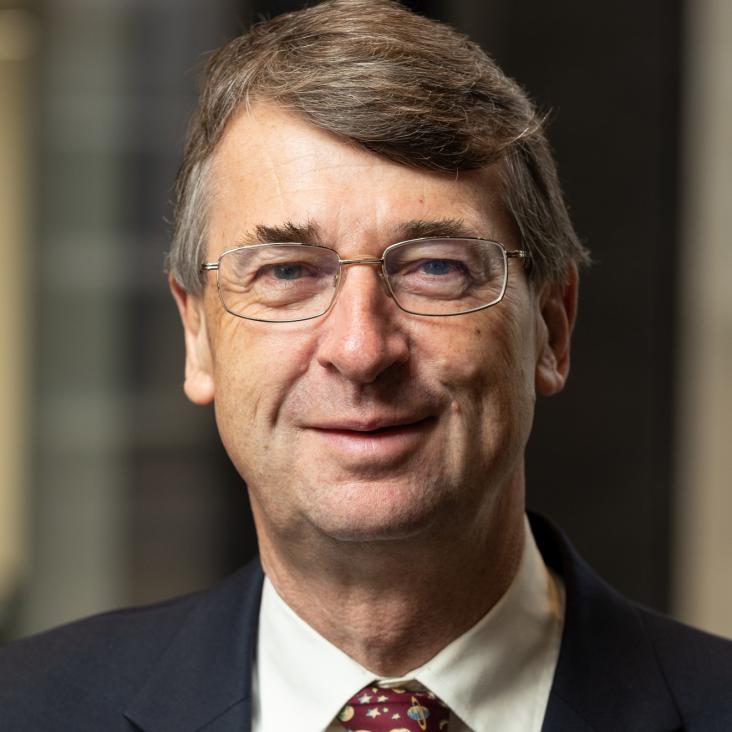THE DYNAMICS OF THE ACTIVE GALAXY NGC-1052
ASTROPHYSICAL JOURNAL 302:1 (1986) 234-&
CCD SURFACE PHOTOMETRY OF GALAXIES WITH DYNAMICAL DATA .1. NGC-3379, M87, AND NGC-1052
ASTRONOMICAL JOURNAL 90:2 (1985) 169-182
THE ORIENTATIONS OF THE ROTATION AXES OF RADIO GALAXIES .1. RADIO MORPHOLOGIES OF BRIGHT ELLIPTICAL GALAXIES
ASTROPHYSICAL JOURNAL 291:1 (1985) 32-44
The scientific potential of the 15m national new technology telescope (Nntt)
Proceedings of SPIE - The International Society for Optical Engineering 444 (1983) 32-36
Abstract:
The proposed 15m NNTT offers a gain in collecting area over a 4m telescope of 14 and a gain in speed of up to 200. In this paper the types of problem where the gain in limiting flux is inversely proportional to area (D2-problems) and those in which the gain goes only as the diameter (D-problems) are identified. The performance of the NNTT is compared to a 4m telescope and to the Space Telescope in three configurations. The NNTT isshown to have a small advantage over the Space Telescope for spectroscopy of point sources even at low resolutions. For work on sources of diameter one arcsecond or greater the gains are (formula omitted) a factor of 15. Even for the direct imaging of point sources the NNTT is only a little slower than the Space Telescope when there is no confusion. Three areas of astronomical investigation, studies of star formation, the Galactic halo and high redshift galaxies, are used to illustrate the impact a 15m telescope would make scientifically. These astronomical problems make substantial demands on the telescope performance and instrumentation. If these can be met the NNTT will lead to considerable advancement in the understanding of current problems and, given the order of magnitude improvement in infrared performance and spectroscopic capability, is likely to lead to the discovery of new phenomena. © 1983 SPIE.DYNAMICS OF YET MORE ELLIPTICALS AND BULGES
ASTROPHYSICAL JOURNAL 266:2 (1983) 516-530


